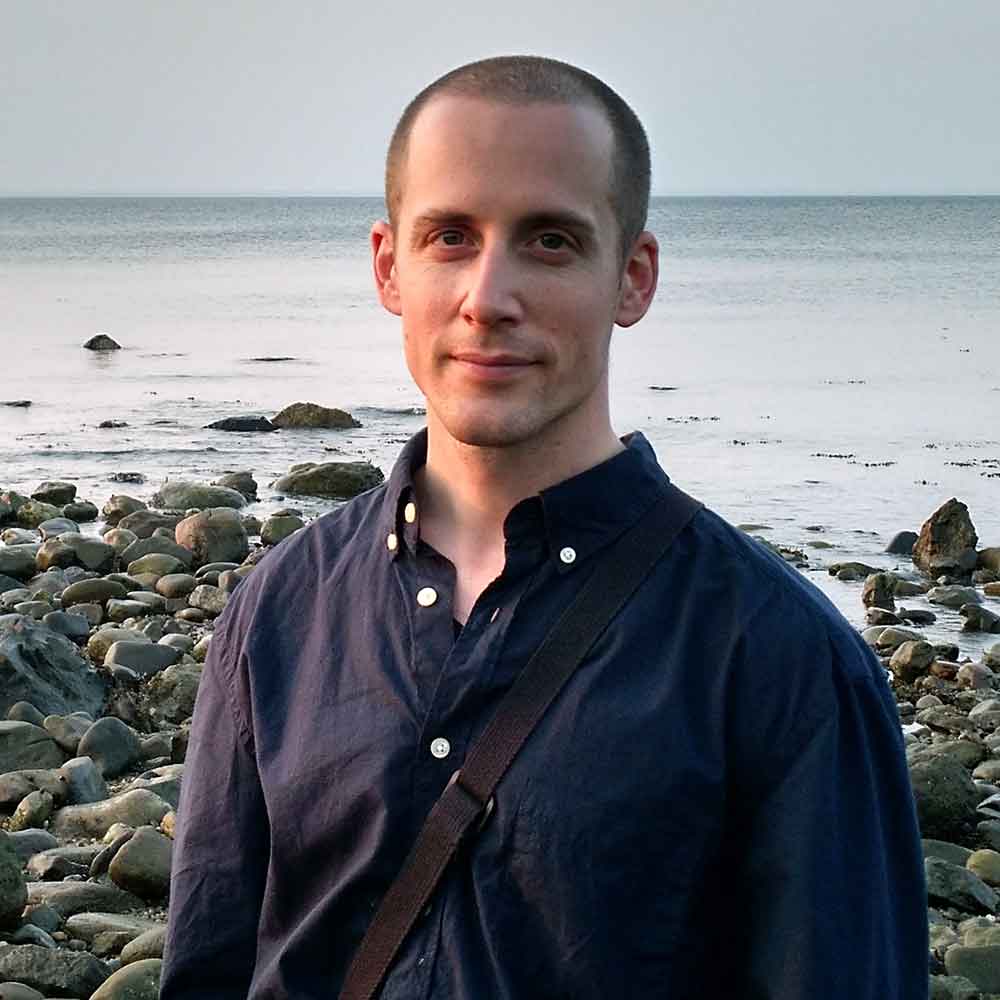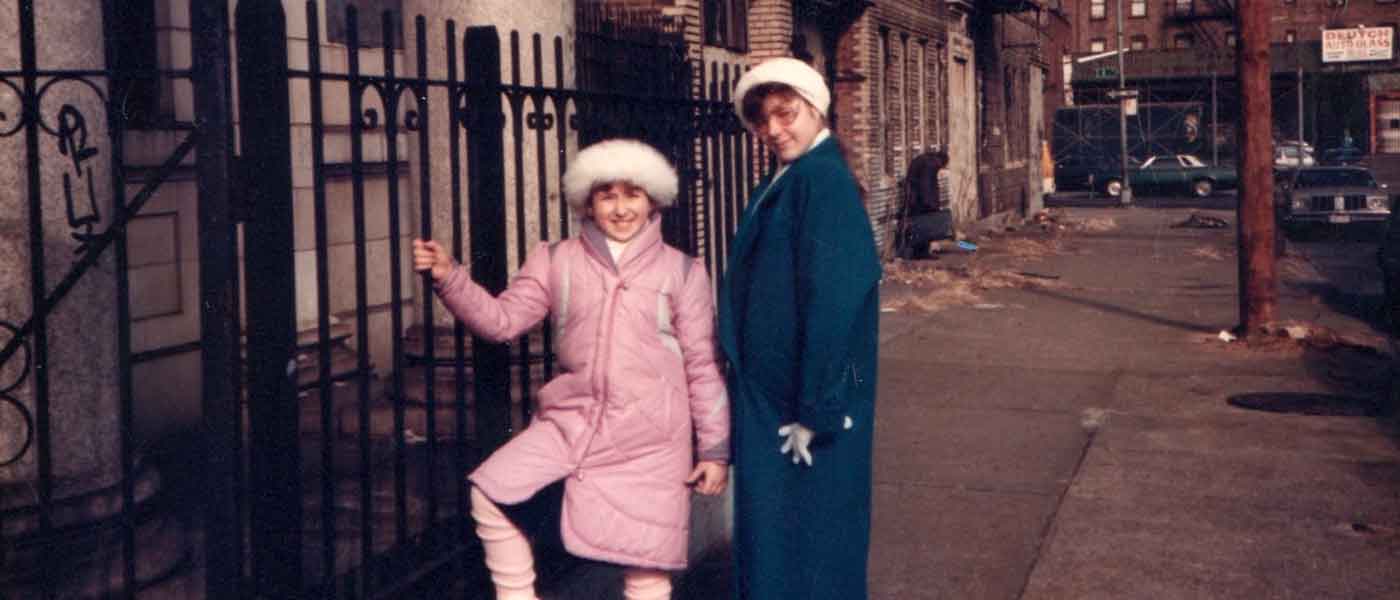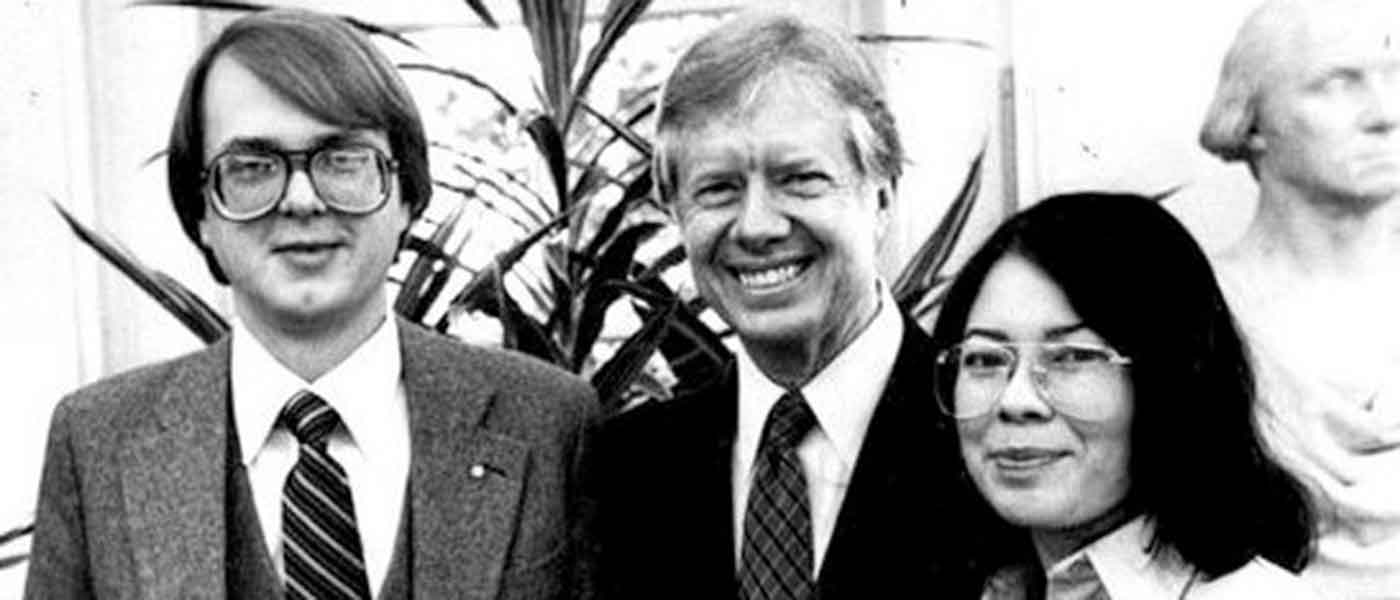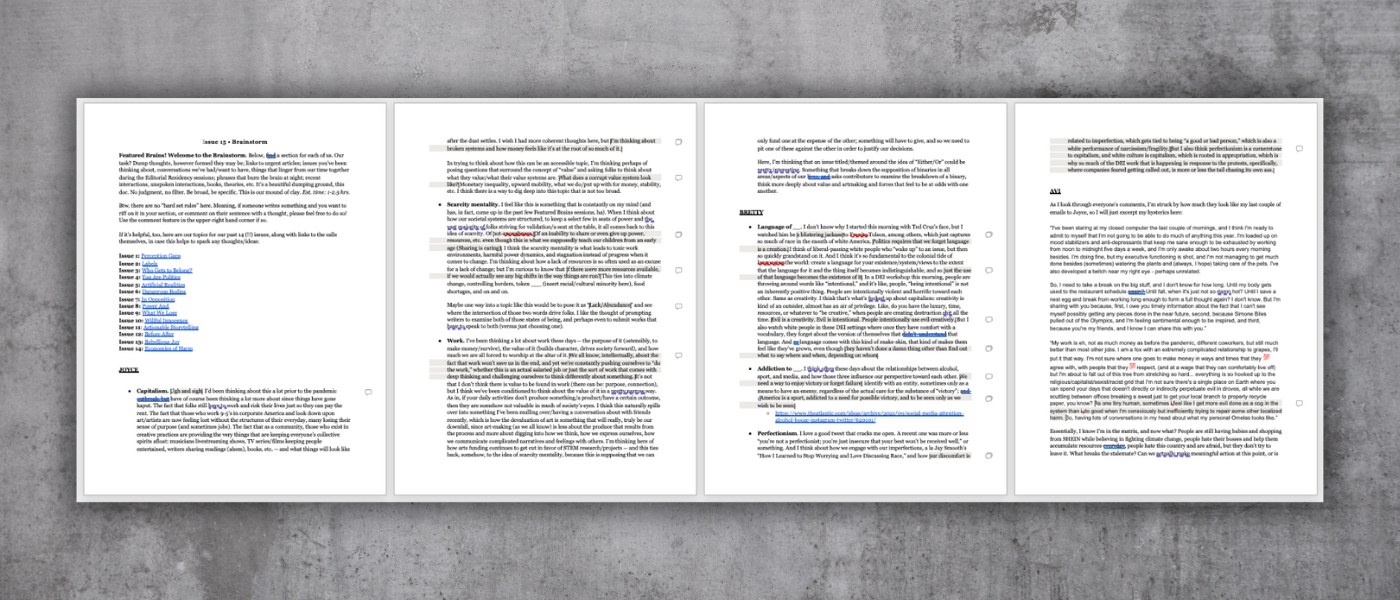Previously known as Venerable Chang Wen, David Listen was a monk for over 10 years, leading Chan meditation practice and teaching Buddhism’s way of life. Born and raised on Long Island, New York, he is one of the few people to serve as a monastic disciple of Chan Master Sheng Yen, training for 11 years from 2004 to 2015. During this time, he first lived at the Dharma Drum Mountain World Center for Buddhist Education, Taiwan, and received a monastic education at the Dharma Drum Sangha University. After graduating from the University, he served as the counselor for the male students of the Chan Meditation Studies Department. During this period of monasticism, he led, attended, and assisted with numerous intensive meditation retreats in the U.S., Taiwan, and Europe. As Director of the Dharma Drum Retreat Center from 2008 to 2014, he became well-known for his ability to present the Chan teachings in a clear, simple, and accessible way, following the style of his teacher — making use of Buddhist principles to explain the application of Chan practice on retreat and in daily life. Due to his fluency in spoken Mandarin and classical Chinese language, he has a keen ability to translate the teachings of the ancient Chan masters in a way that’s easily understandable to the Western English-speaking mind. Below, he offers The Seventh Wave insight into the Buddhist perspective of perception.
The essence of the Buddhist path of practice is the refinement of perception. In order to refine perception, we need to first become aware of our current condition of mind — that our perceptions are often scattered and clouded, and create a sense of emotional dis-ease. Yet, our awareness of this condition may not initially be so clear, so we need a method to stabilize our mind and gain a clearer view of the cause of this dis-ease. Only then will we be able to realize how we often misperceive, and how this is the major cause of distress in our lives.
To understand what perception and “insight into reality” means from the Buddhist perspective, we can look at a famous verse from a discourse by the Buddha called The Diamond Sutra. The verse goes: “Without dwelling on anything whatsoever, activate your mind.” Based on the whole context of the discourse, this verse can be explained as: let go of attachment to your perceptions, and respond to situations based on wisdom. But what is wisdom? Wisdom is the basic principle expressed by the Sutra, which is to be “formless,” or not attached to forms — not stuck on the perceptions of things.
To understand what this means, it’s important to first look at the word “perception” in Buddhist terminology. The Chinese character for the word perception contains two main parts. The upper part means “form” or “appearance,” and the lower part means “mind.” “Perception,” then, can be defined as “a form in our mind,” or “an appearance/image in the mind.” For example, when seeing or hearing something, an impression is made in the mind. That impression often takes the form of an image or sound, and is connected to language. We label the image in our mind, and create a sense of object. The subject opposite to that object is the idea of our self. So perception includes a sense of subject, the “I” who is observing, and the object, the “it” that is being observed. An example of perception is when our eyes meet an external object, we capture its image, and then label the experience: “I see a tree.”

The kind of perception where a concept is created based on sensory experience is called “perception through representations” in the Consciousness-Only school of Buddhism. Another kind of perception is called “incorrect perception,” where concepts and ideas arise in the mind based on imagination and memory, not at all connected with an object of the senses in the immediate environment. The third kind of perception is called “direct perception,” where we don’t create any concept of what we experience and instead directly contact the world through our senses. This kind of perception is most accurate, as it’s not filtered by any mental images or constructs of our intellect.
Most often, we live in the first two modes of perception, which make use of images and concepts. And very often we live purely in our imagination, dwelling on ideas of the past and future, using our imagination to make life decisions. In this way, we are disconnected from the reality of the present moment, and the dynamic quality of things as they really are — moving, interrelated, and beyond concepts. Conceptualization is not bad in itself, as it is essential for us to relate to the world and function in our everyday lives. Yet, we are often caught by these perceptions, and lose touch with the reality of the present moment.
For example, when we are looking for a spiritual teacher to help guide us on the path of practice, we often have an idea of ourselves and an idea of a teacher. We may feel that we suffer a lot, and want to find peace, and have an image of the peaceful person we want to become.
When I was first seeking out a spiritual master, I knew that I was suffering, yet the more I read, the more I felt I knew everything. I wanted to be enlightened so badly that I unconsciously began to take the knowledge of the practice as my own realization, and perceived myself as a special “spiritual” person. I didn’t notice that I was fooling myself and unable to see my own faults. In the Dhammapada, a collection of wise sayings from the Buddha, it says, “One who thinks they are wise is a fool.” The perception of being spiritual and wise prevented me from seeing my ignorance. This misperception of myself became an obstruction that took a while to notice, and which can still impinge upon my mind. It also made my interactions with others quite uncomfortable, since I had to make sure that I presented this image of a “wise” Buddhist to everyone I talked to, especially potential teachers. It was tiring, and made me fearful of actually encountering a teacher who could reveal my self-protective foolishness to me.
We may also have an image of our teacher based on some standard we’ve established for what kind of teacher can help us reach this goal of peace. Our perceptions may be mostly emotional, and can quite often be idealistic. We may imagine our spiritual teacher as a perfect and almost celestial being that can deliver us from all the sufferings of daily life and bring us to the glowing heavenly-like realm of enlightenment, or awakened insight, beyond the flaws of the human condition, reaching some transcendental level of perfection of mind and purity of behavior. It is based on this standard, created by our perceptions, that we seek out a teacher. All these thoughts and expectations color our ability to perceive a person accurately, and often cause us to mistake our ideas for the person themselves. Instead of being able to clearly observe our teacher in the present moment, we are lost in an imaginary picture of who they are, usually related to the past or the future.
In my own experience, I had such expectations and ideas about my own spiritual teacher, Chan Master Sheng Yen, and other such revered Buddhist meditation masters. Initially, I had little actual contact with them, and only knew them through books, other people’s stories, or my own imagination. Only after I got to know them personally did my perception of them become a bit more accurate. I came to know that they are also ordinary people, still subject to vexations and average people’s problems. However, due to their dedicated practice, they were able to skillfully deal with people and situations with compassion and wisdom. As such, their minds were at ease.
My teacher once asked me, “David, do you think I have no vexations?” I didn’t answer, but in my mind I thought, “Of course not, you’re a Chan meditation master!” He said, after a pause, as if reading my expression, “Of course I still have vexations. But maybe it’s not easy for you to recognize that. It may not express itself outwardly in my appearance or the way I act, but I still have problems.” I couldn’t believe it at first. But later, I realized that my perception of my teacher was far away from the actual person himself. There was a large gap between my perception and reality.
Many people make the same mistake, and later find out the hard way that their teachers are not only not perfect, but in some cases may have a lot of problems. Quite a few spiritual seekers that I know have encountered teachers who on the surface fit the role of a spiritual master — they have the practice center, the robes, the incense, the scriptures, their own following, and the credentials to be a qualified “teacher.” However, what these friends have found is that such teachers may often have very poor interpersonal relations and create problems wherever they go. Even if they can speak eloquently or teach methods that are quite useful, their own personal practice may suffer a lot, and such teachers can create more vexations for their students. It can be very exhausting and disappointing for a spiritual seeker to end up with a troubled teacher who brings them only trouble. With this kind of experience, one may want to give up the path of practice. However, if from the start, we know that our perceptions are often inaccurate, then we can be better prepared to face the truth: no matter what image a person presents of themselves, and no matter what image we have of them, that image is never the truth. An image cannot capture the whole of reality.

From the perspective of the Buddha, all perceptions are actually incorrect. In the Diamond Sutra, he says that, “Wherever there is a sign, there is illusion.” Another way to translate this line is, “Wherever there is perception, there is deception.” Any image or impression in mind is just a sign, just a representation — it is not the reality of the things themselves. The reality of things is beyond perception, beyond the contract of words and language, beyond concepts and images. If we can see that, and let go of our attachment to these perceptions, we can free our minds from them and find peace.
As far as my own continuing search for truth is concerned… Even though my own teacher, Master Sheng Yen, has passed away, and my mentors are not close by my side, “buddha” is everywhere. Beyond the forms of statues, images, scriptures, and even an individual teachers — however useful they are — the opportunity to discover awakening is in every moment and every place. As long as my mind is receptive to this moment, open to seeing things beyond my own perceptions, I can find my teacher right here. I can find the buddha right here too — in a person, in the sunset, or in the clamor of construction. In the Diamond Sutra, it says that “buddha” (literally Tatha-gata in Sanskrit) refers to the “this-ness” or reality of things — beyond perception. I remind myself every day to look at the world and all beings with a clear and silent mind, to see things without adding the distortion of my own views and ideas.
The other day, riding the subway home, tired and hungry from a long day of manual labor, I was waiting to get home. Then suddenly, I realized that waiting was preventing happiness from being there — and that happiness was possible at that very moment. There was no need to wait; I was already “home.” I suddenly felt very light and free, and looked around at the people on the train. In that moment, they were all my family. Happiness was right there. Happiness is right here. Just don’t think of it as happiness!




